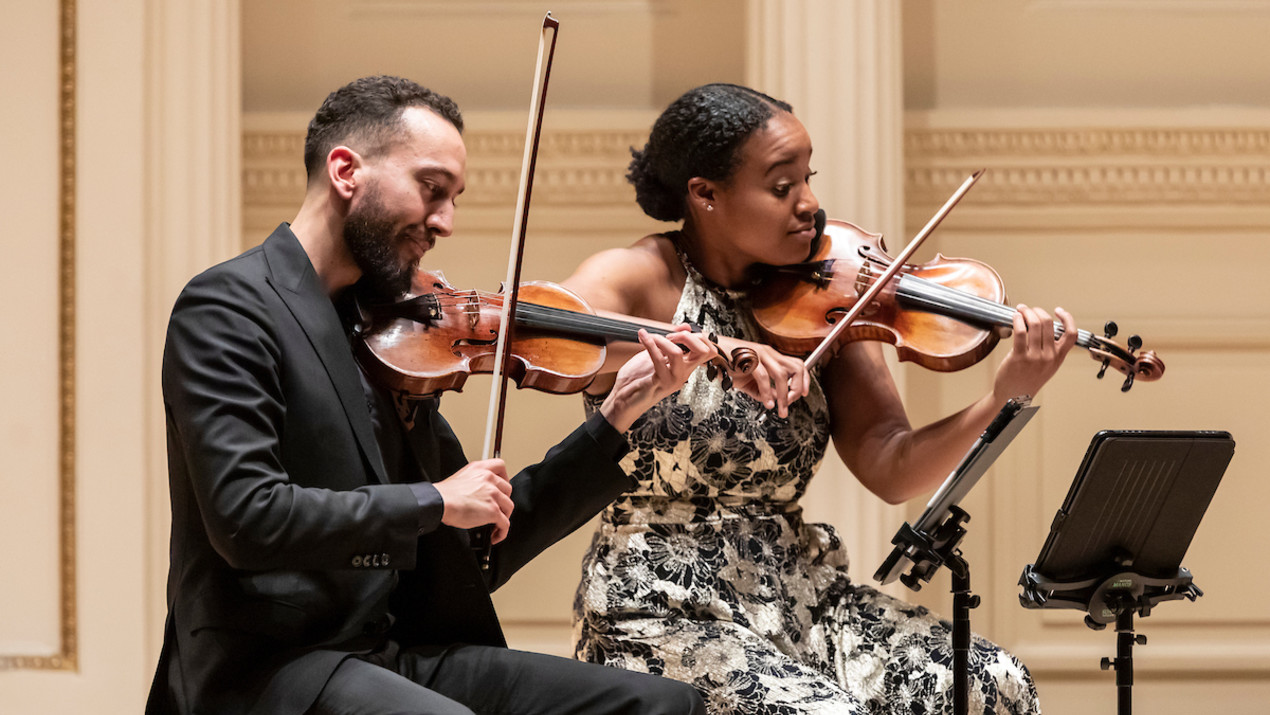In the heart of New York City, amidst the verdant expanses of Central Park, lies the buried history of Seneca Village, a once-thriving 19th-century community predominantly of Black New Yorkers. This forgotten chapter of Manhattan’s past is being resurrected by students at the prestigious Juilliard College; their upcoming musical performance, composed by Thomas Flippin, aims to breathe life into the stories of Seneca Village’s residents, whose lives were disrupted in 1857 when the city decided to create Central Park.
The performance, titled “The Lost Village of Seneca,” will feature the Ivalas Quartet, Juilliard’s graduate student string quartet, along with pre-college students. Set to take place at the Chelsea Factory on Friday, Feb. 23, and available via livestream, this production emerged from Flippin’s deep dive into the village’s history, spurred by his own realization of his ignorance about the community despite living in Manhattan for years.
Seneca Village’s story began in 1825 when Andrew Williams, a Black shoe shiner, purchased land that would grow into a community of significant cultural and historical importance. At its peak, the village stretched from 82nd to 89th Street along the Upper West Side, a testament to the resilience and hardships faced by its inhabitants. However, their displacement for the park’s development has long been a neglected narrative, until now.
Flippin’s composition, part of the “Composing Inclusion” initiative, seeks not only to illuminate Seneca Village’s history but also to challenge and expand the classical music repertoire. The work incorporates a range of musical styles, from Charles Mingus’s dissonant jazz to 1980s classical minimalism and traditional African American plantation songs. This eclectic mix serves as a tribute to the village’s diverse and resilient spirit.
The importance of Seneca Village and its erasure from New York’s collective memory has been further touched on by public historian Cynthia Copeland’s research, which contradicts the negative portrayals of the village’s residents as squatters and thieves. Instead, evidence shows a community with substantial homes, some of which enabled Black men to qualify for voting rights amid racially discriminatory laws.
This musical tribute to Seneca Village comes at a time when classical music institutions, including Juilliard, are reflecting on their roles in perpetuating a Eurocentric curriculum. Prompted by the introspection following George Floyd’s murder, these institutions are exploring ways to diversify and honor the rich tapestry of American history through music. Despite facing criticism from some quarters, this initiative represents a crucial step toward acknowledging and celebrating the contributions of marginalized communities to the cultural and historical landscape of the United States.












